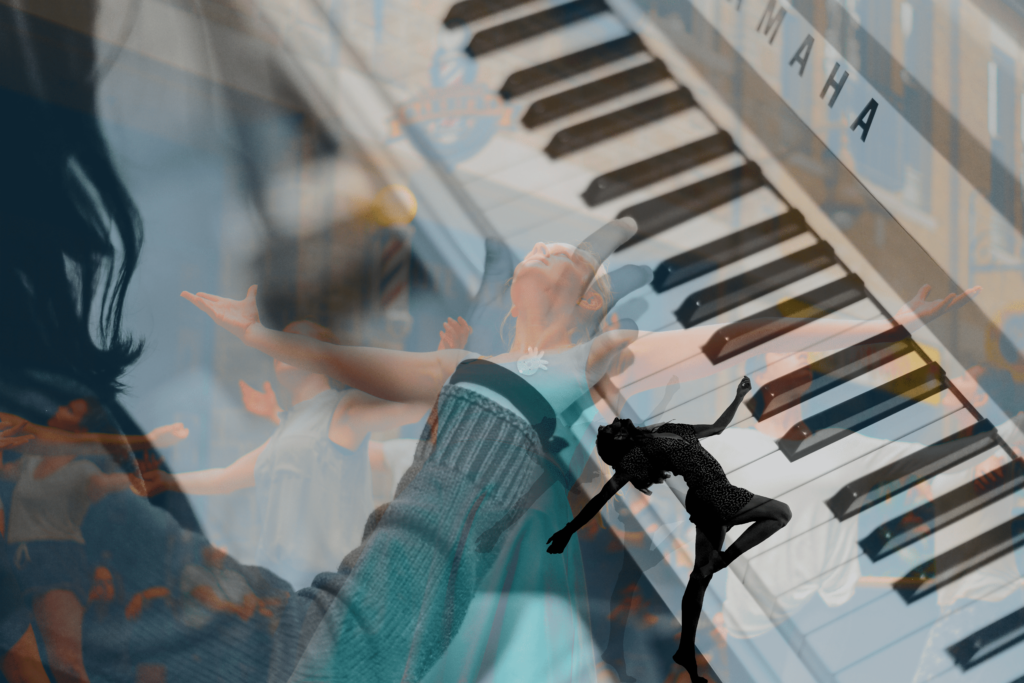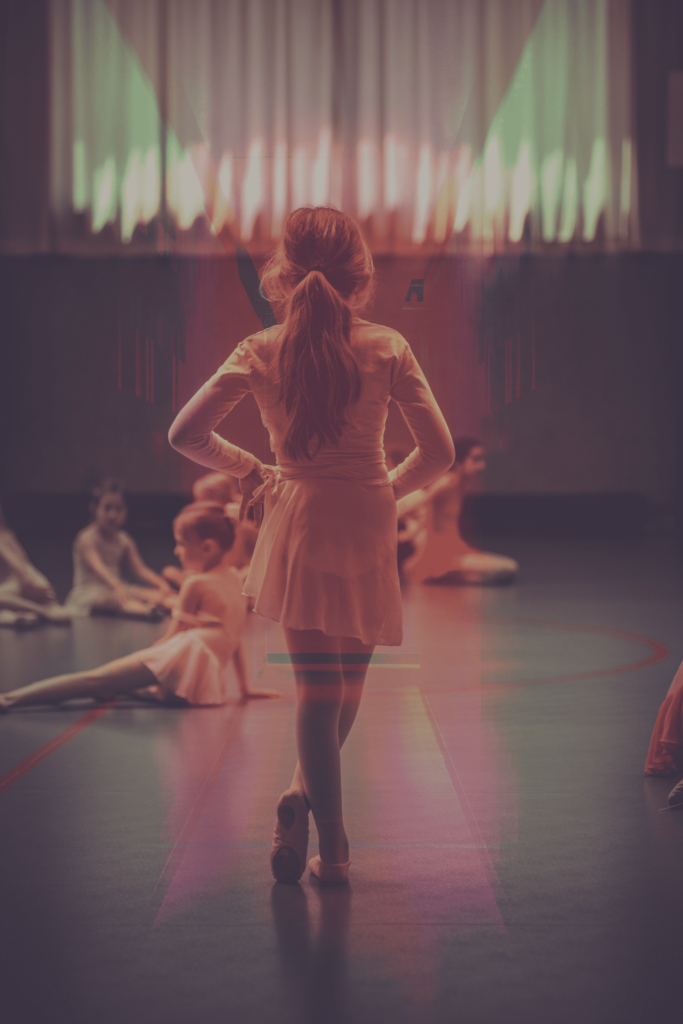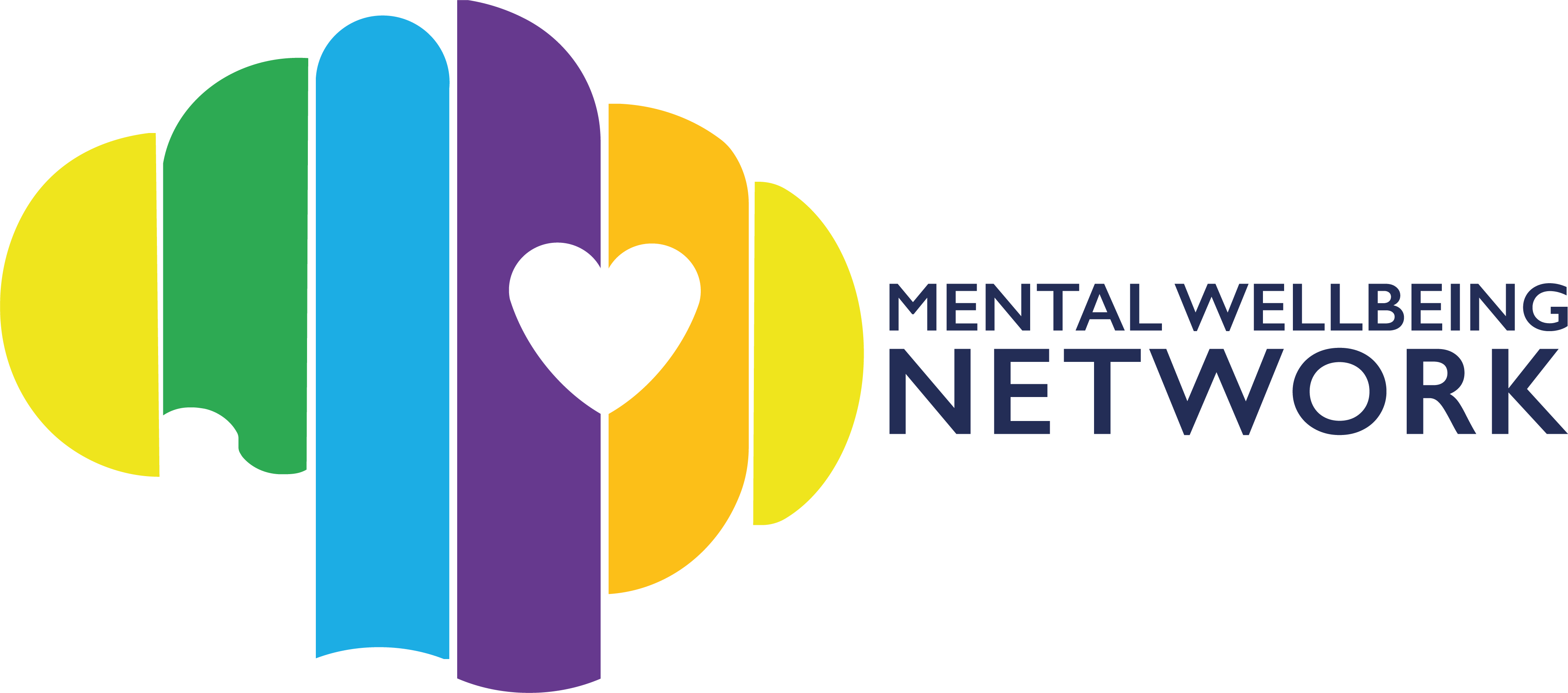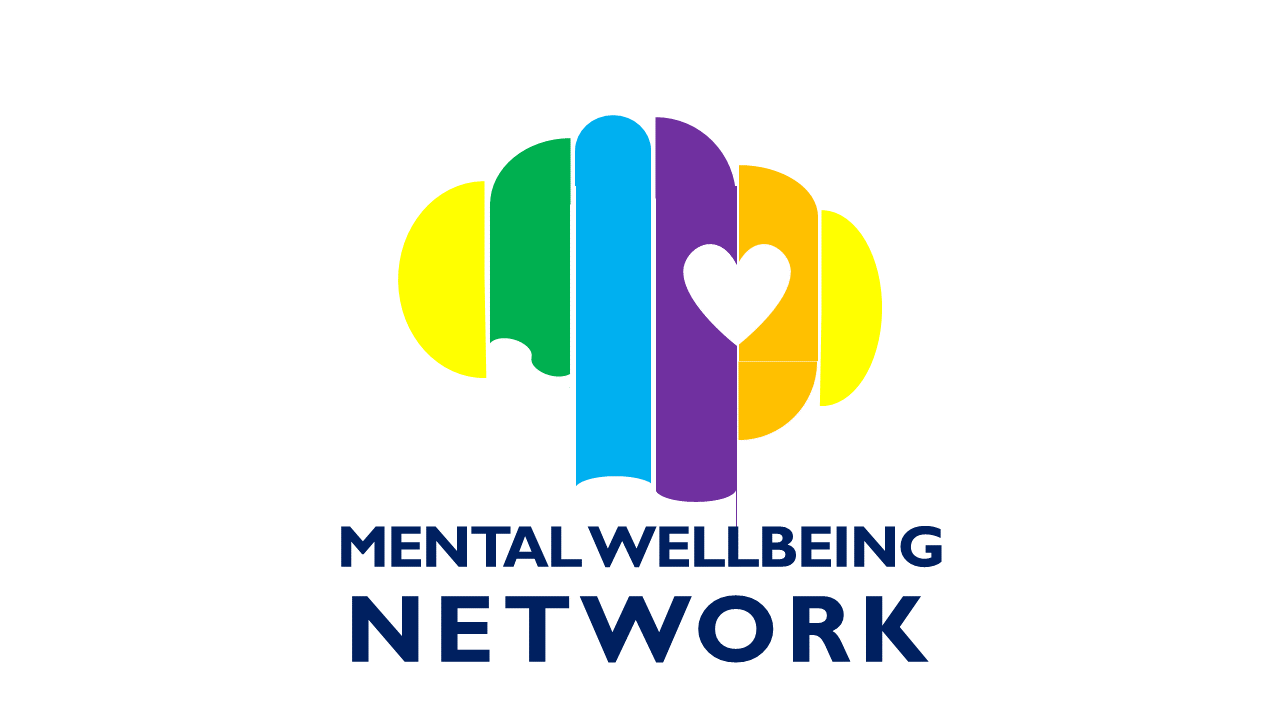What is creative therapy?
Creative therapy is a type of treatment where art forms such as music, drawing, dance, art or drama are used to treat certain mental health conditions. You are not required to have some sort of talent or experience with these artistic forms to take part in creative therapy. It is simply another way that a trained professional can help you channel your thoughts, feelings and emotions through art.
As with any form of therapy its contents will be based on the needs of each of their clients. They will also play a central part in deciding the contents at the start and during the therapy. This is because it may not always be the case that a certain process will work. Therefore, both parties will be able to sit down and decide on what they wish to try next.
What can they be used to treat?
The use of arts and creative therapy is primarily recommended by the National Institute for Health and Care Excellence (NICE) to help those who have been diagnosed with psychosis or schizophrenia. In addition, those who struggle to verbally express their feelings could benefit. Also, for many people the idea of therapy and in particular talking therapy can sound very intense so they may feel more at ease by taking part in a creative activity with their therapist. This can be helpful for those who need to address painful or traumatic experiences that they have had.
Types of creative therapy
There are several types of arts and creative therapies that are available to try. These include:
- Music therapy
- Dance therapy
- Art therapy
- Drama therapy

Music Therapy
Music therapy is an approach that uses music and sounds to find different ways to communicate feelings to a therapist. At this session a music therapist can also provide their clients with a wide range of instruments that they can try. Like all of the therapies that are explored in this article there is no set in stone way you can use music to communicate your thoughts and feelings. This means that the music you work on is often completely improvised. The result of this is the creation of your very own unique musical language to express yourself. It can also be in the form of a sound or series of sounds that you may find therapeutic. This therapy can also benefit someone with dementia as they can use music to connect with their memories.
Dance Therapy
Dance therapy is a form of treatment where a client with the help of a therapist will use dance and body movements as a way of expression and communication. This will be achieved by finding movements that can reflect a client’s specific emotions that have been brought on due to their mental health conditions. The therapy sessions can also provide support for a member to learn the tools they need to be able to manage or show the overwhelming thoughts or feelings that they are having.
As stated above these forms of therapy do not require any previous experience. This is because the aim of these sessions is not to dance in a way that is aesthetically pleasing. Their goal is to provide their clients with the means to find a way of moving or dancing that feels right to them.
Art Therapy
Art therapy is used to give their clients various different methods to express and communicate themselves. It can involve using materials and other pieces of stationary such as pens, pencils, paint, chalk, clay or crayons. However, they are not limited to just these methods as you can also make use of videos or photos. As an example, you may create a piece of art and be asked to explore how you felt making it, what it represents and why specific colours were used. The therapy can either be provided individually or in groups, it is entirely dependent on the needs of each client.
A consequence of some mental health conditions is having difficulty trying to express thoughts, feelings and past experiences to someone. Art therapy can help by creating a different way to look at and express these thoughts and feelings.

Drama Therapy
Drama therapy is where they use a variety of different forms of performances and drama to help their members. This could involve story-telling, drama or improvisation to work through any issues that have presented themselves.
It is not a necessity to have any experience in theatre or acting to take part in drama therapy. It is open for anyone who wishes to try a different way to express and explore their issues in a more creative way. This can be particularly helpful for those with a mental health condition that has found talking therapy to be difficult. In this case they are able to find a creative way to share their experiences, thoughts and feelings which will help improve their mental health and well-being.
Access to arts and creative therapies
In order to get a more thorough understanding of each of these forms of therapy, the help that is available, where the nearest therapist and service can be found you can visit the following websites:
- The British Association of Dramatherapists (BADth) at https://www.badth.org.uk/
- Association for Dance Movement Psychotherapy (ADMP UK) at https://admp.org.uk/
- The British Association for Music Therapy (BAMT) at https://www.bamt.org/
- The British Association of Art Therapists (BAAT) at https://www.baat.org/



